Below is a detailed article that discusses the Whigs and Tories, political powers in Britain that took shape in the 1680s until the 1850s. Let us discuss both of them below.
Whigs
Whigs is a British political party in the parliament of the United Kingdom that included England, Ireland, and Scotland. Their fundamentals are based on the constitutional monarchy. This means that they resorted to opposing absolute monarchy.
In the year 1688, the Whigs were in strong opposition of the House of Stuart, a Royal House of Europe. The Whigs were at their highest power during the years 1715 and 1760. They took full control of the government until the reign of King George III. The Whig came to power due to King George I who enabled the Whigs by failing the Jacobite rising.
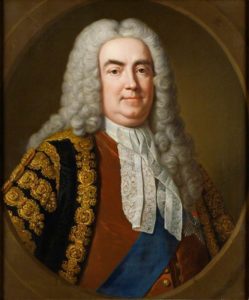
The years 1714 to 1783 were known as the Whig Oligarchy. The first ever greatest leader of the Whig Party was Robert Walpole – the Prime Minister Great Britain at the time of King George II. He was an able British Statesmen and came to be known as Sir Robert Walpole from 1742 onward.
Origin of the Whigs
The word ‘whig’ originates from the word ‘whiggamor’ which means which literally translates as ‘cattle driver’. The word whiggamor originated from the time of the Whiggamor Raid in Edinburgh, Scotland. It was basically a word to describe the Scottish cattle drivers that came for corn from the Kirk party. Hence, these Scottish rebels were called the whiggamors.
The word ‘Whig’ came into English politics during the passage of the ‘Exclusion bill’ which was a crisis to determine who inherited the throne after the death of King Charles II. The term was abuse to those that wanted to exclude the brother of Charles II – James – the Duke of York, who was Roman Catholic.
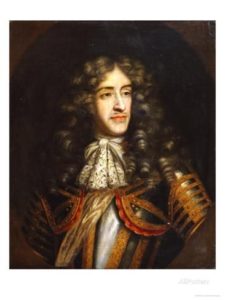
History of the Whigs
The Whig supremacy was first seen during the Exclusion Bill crisis where they were against the Roman Catholic brother of King Charles II, the Duke of York – James II. Their rivals, the Tories were in support of absolute monarchy and against the Exclusion Bill. However, in the same year in the months of August and September, there was a large increase in the Tory population.
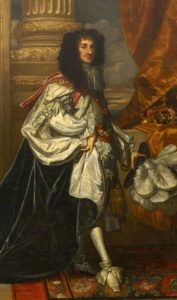
Hence, King Charles II dissolved the parliament after which they met at Oxford in the month of March 1681. During this time, due to the support of French King Louis XIV, the Whigs crumbled because of his repression. And many of the ministers including Lord Shaftesbury, William Russell, and Sir Thomas Armstrong were executed for treason.
Post the Glorious Revolution of 1688, King William III, appointed Whig as well as Tory ministers in the parliament. It was noticed that the Tory ministers were friendlier and supportive compared to the Whigs. However, the Whig number gradually increased due to the Junto Whigs, a group of young politicians that ran the political group.
Whig Ideologies
In the initial days, the Whigs opposed Catholics as kings. They were of the opinion that the Catholic church was a threat to liberty. Most of the Whig political ideas were based on the political ideas of John Locke, an English philosopher, and physician known as the ‘Father of Liberalism’.
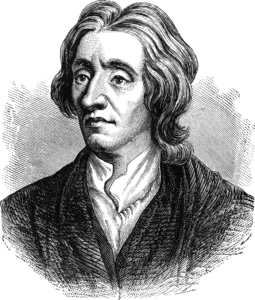
During the 1770s, the ideas were more based on classical liberalism by Adam Smith – a Scottish economist and philosopher.
Leaders of the Whig Party
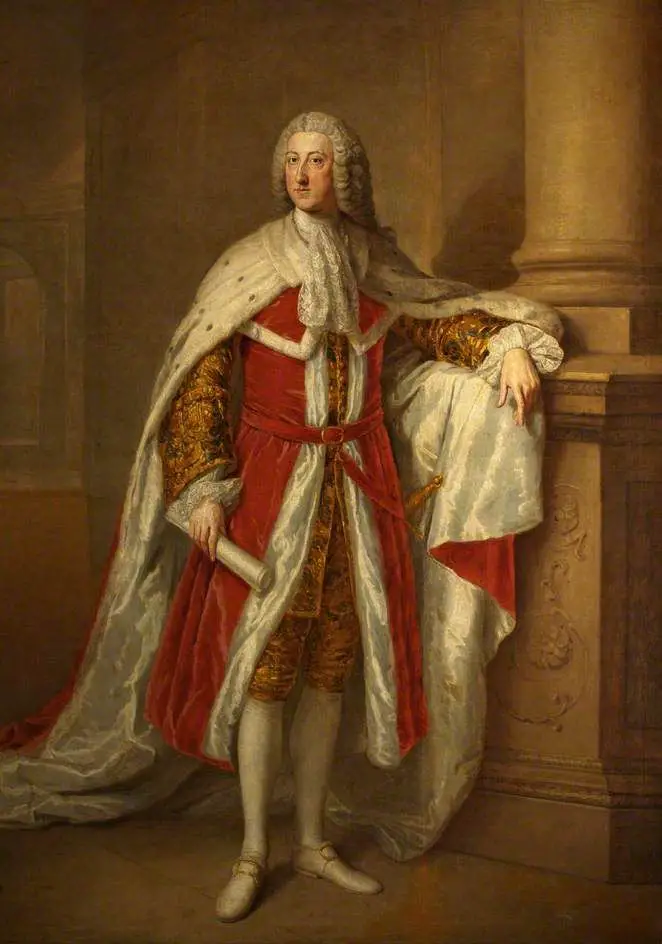
Robert Walpole was the first well known British statesmen who belonged to the Whig Party. Other well-known members of the Parliament were William Pitt, the Elder, Charles James Fox – British statesmen and son of Henry Fox, Lord Grey – British Statesmen and Prime Minister for 4 years, Lord Melbourne – British Statesmen and right hand to the young Queen Victoria; he also served as Prime Minister, Lord Russell, and Lord Palmerston – both Prime Ministers in the late Victorian era.
Tories
The Tories emerged around the same time the Whigs did, that is, during the years 1678 when the Exclusion bill crisis came up. They were in support of James II, the Duke of York for him to inherit the throne after his brother King Charles II and were also in support of the Catholic emancipation this matter would bring in.
It was founded in 1678. Their ideologies were based on the Jacobite era. Later, it was known as Toryism in the United Kingdom.
The principles and political ideas of the Tory party can be traced back to the English Civil War which divided the country between the Long Parliament and the Royalists. Around the 1760s the party ceased to exist and functioned under another name. They then reemerged in the early 18th century when William Pitt the Younger was the new leader and in charge.
Origin of the Tories
The word Tory has evolved from the Irish word ‘toir’ which means ‘pursue’. Later it was called ‘toiradhe’ in the mid 17th century which was a word for ‘outlaw’. This happened during the Exclusion bill crisis when the Irish peasants settled in the Scottish highlands. These were in support of the Catholic James II – Duke of York.
‘Tory’ was, therefore, an abusive nickname for these supporters of James II.
History of the Tories
Due to Tory support and some other factors, James II inherited the throne. However, he did not favor or promote Catholicism as much. But he noticed that due to this, he was losing on the Tory support. Therefore, he started an aggressive Catholic policy all over England and also expanded it towards Ireland. This led to a massive Revolution of 1688.
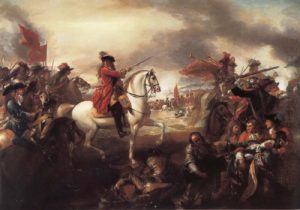
The Tories were a powerful and dominant party even during the reign of Queen Anne. However, during this time there was a massive competition between the whigs and the tories. Even King William II, acknowledged that the tories were much friendlier to the royal house and the monarchy than the whigs. All his ministers were Tory but due to the entrance of the Junto Whigs, this had to stop.
The Tory government was largely governed by the Secretary of State – Robert Harley, the first Earl of Oxford. However, when Queen Anne fell extremely sick and died, she was succeeded by George I of Hanover and thus began the Georgian era where the Whigs had a superior role to play.
Tory Ideologies
Tory ideologies are based on conservatism. Today the Tory party is renamed as the Conservative Party. They were based on the principles of Edmund Burke who was later titled the ‘Father of Conservatism’. They were in support of absolute monarchy and emancipation of Catholicism.
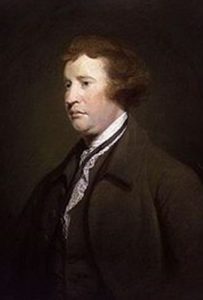
They believed in the Church to be the elder governing body. They also were in support of the Church of England which was Anglican.
Leaders of the Tory Party
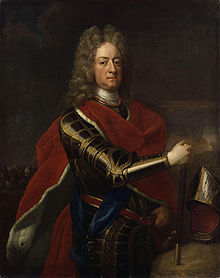
James II, the Duke of York is regarding as the foremost Tory leader. James Butler – the first Duke of Ormond, and Irish statesman was also a Tory leader. Then came William Pitt the Younger, and Robert Jenkinson – the second Earl of Liverpool and British Statesman and Prime Minister and Arthur Wellesley, who served as Prime Minister twice. Robert Peel is also one of the well-known leaders of the Tory Party. He is known as the Father of Modern British Policing System.